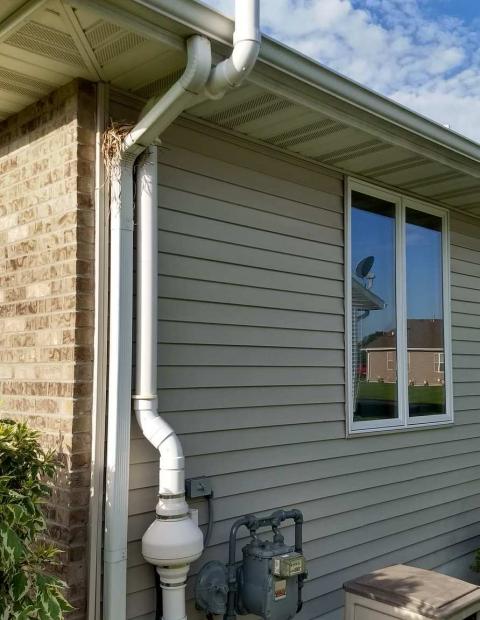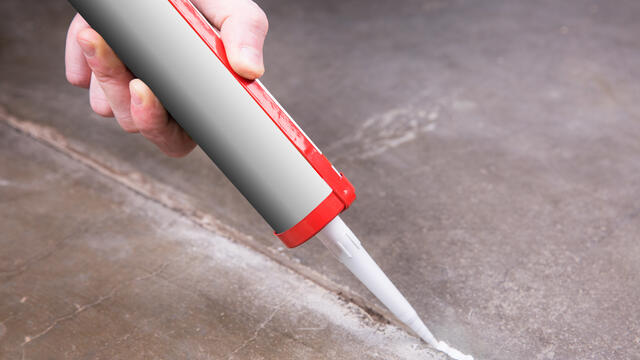Radon Mitigation
Radon is a radioactive gas that comes from the natural breakdown of uranium in the ground. Over time, breathing in radon can cause lung cancer. You can’t see or smell radon, so testing is the only way to know if you and are at risk.
If your radon test results are above 4 pCi/L, hire a certified contractor. Radon mitigation systems should be installed by contractors with proper training. Improper installation could cause more radon in the air, or damages to your home. Most homes can be fixed for about the same cost as other common home repairs, like painting or having a new hot water heater installed. The average cost for a contractor to install a radon mitigation system is $1,000-$2,000. our costs may vary depending on the size and design of your home and which radon reduction methods are needed.
Find a contractor
Visit our Find a Contractor webpage for tips on finding a certified radon mitigation contractor through one of the EPA recognized third-party credentialing organization that certifies radon professionals:
If at any time you would like to speak with a local health department expert, contact your local Wisconsin Radon Information Center.
How a radon mitigation system works
- Radon mitigation systems use sub-slab depressurization to prevent radon from entering your home.
- A contractor will install a pipe in your home or building's foundation. The pipe in connected to a small fan that vents gas to outside the home. Watch this video for more information.
- The system is simple, effective, and energy-efficient (PDF).
- Radon mitigation systems can reduce radon to below 2 pCi/L, reducing the risk of lung cancer.
- The average cost for a contractor to install a radon mitigation system is $1,000-$2,000.
- Hire a contractor who is nationally certified by the National Radon Proficiency Program, or the National Radon Safety Board.
- Sub-slab depressurization is not a do-it-yourself project unless you have considerable contractor skills.
Sealing
Important note: sealing alone has not shown to reduce radon by a great amount. You can seal in addition to a radon mitigation system. Sealing is more likely to have an impact where there are large cracks. Small crack sealing is not likely to have an impact.
Use caulk to seal cracks and openings in basement floors and walls. The caulk type with the best adhesion to concrete is polyurethane (not silicone).
Radon- resistant construction in new homes
Radon-resistant construction can be built into new homes. Building a radon resistant home from the start can be less expensive than mitigating after the home is built. Learn more at the EPA's webpage, Radon-Resistant Construction.
Questions?
Experts are available statewide to answer your questions and provide radon test kits. Contact your regional Radon Information Center or call 888-LOW-RADON (888-569-7236).



